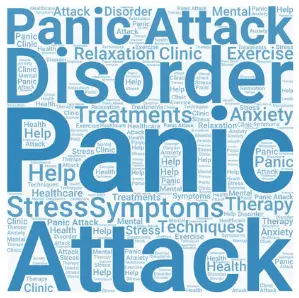There are a few things that you can do to prevent panic attacks while driving:
- Make sure you have a plan and know your route before getting in the car. This will help to reduce the amount of stress and anxiety that you feel.
- Take some deep breaths and relax your body as much as possible before starting to drive. This will help to keep your body and mind calm.
- If you begin to feel a panic attack, pull over to the side of the road and take some time to calm yourself down.
These are a few tips that can help to prevent panic attacks while driving.

Panic attacks can be very debilitating. But it is important to remember that they are also quite common. In fact, according to the Anxiety and Depression Association of America, panic attacks affect 6 million adults in the United States every year. Panic attacks can occur at any time and place but often happen while driving. This can be particularly dangerous, as panic attacks can cause people to feel like they are losing control of their bodies and environment. This can lead to unsafe driving practices, such as swerving or braking erratically. In severe cases, panic attacks while driving can even lead to accidents. If you experience panic attacks while driving, it is vital to seek professional help.
Panic attacks can be very frightening. It causes a racing heart, shortness of breath, sweating, and dizziness. One in four people who suffer from panic attacks says they have experienced them while driving. If you experience a panic attack while driving, it is important to pull over and take a few minutes to calm down.
For many people who suffer from panic attacks, driving can be a real challenge. Panic attacks can cause a person to feel extreme anxiety and fear. It becomes challenging to concentrate on the task at hand. The physical symptoms of a panic attack can make driving even more difficult. If you suffer from panic attacks and find yourself struggling while driving, you can do a few things to help make the experience more manageable:
- Try to stay calm and focus on your breathing. If you start to feel panicky, slow down and pull over to the side of the road if possible.
- Keep an emergency kit in your car if you have a panic attack while driving. This kit should include water, snacks, and a first-aid kit.
- Tell someone else about your condition so they know what to do if you have a panic attack while driving.
Panic attacks can occur at any time and place but often happen while driving. This can be particularly dangerous, as panic attacks can cause people to feel like they are losing control of their body and their environment. This can lead to unsafe driving practices, such as swerving or braking erratically. In severe cases, panic attacks while driving can even lead to accidents. If you experience panic attacks while driving, it is crucial to seek professional help.
